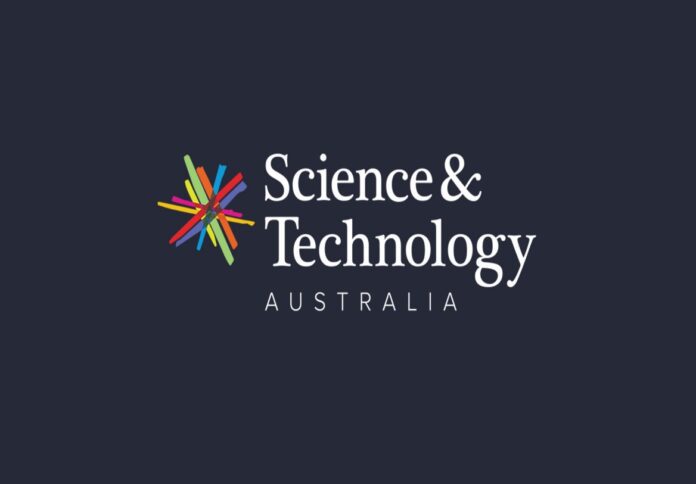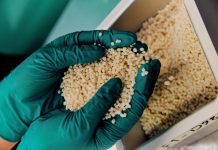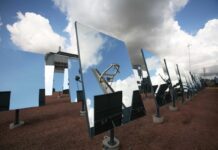
Australia’s science and technology sectors, represented by 138 member organisations and 115,000 scientists and technologists through Science & Technology Australia (STA), are mobilising to seek election commitments from political parties and candidates.
Their aim is to bolster incentives for businesses to invest in research and development (R&D), potentially doubling Australia’s investments in research breakthroughs by universities, STA said in a news release.
At STA’s annual Leadership Dialogue, the focus was on generating bold investment commitments for re-industrializing Australia’s economy and fortifying the nation’s STEM (Science, Technology, Engineering, and Mathematics) workforce.
Central to these goals is a substantial increase in R&D investment. STA members strongly support the idea of political parties setting R&D targets, aiming for three per cent of GDP by 2035, with an interim target of 2.4 per cent by 2030.
Highlighting the significant economic returns from research, a recent Impact Assessment of ARC-funded Research report found that every dollar invested in Australian research generates $3.32 in economic returns.
Australia’s STEM sector leaders are also calling for a coordinated strategy to reindustrialize the economy through R&D investments, research grant agencies, and policy tools, drawing inspiration from the Inflation Reduction Act in the United States.
Additionally, they are endorsing STA’s plan to train the first generation of ‘bench-to-boardroom’ scientists, emphasising the importance of delivering innovative products and services to boost the economy.
Misha Schubert, CEO of Science & Technology Australia, emphasised the critical role of R&D in shaping the nation’s future.
She stated, “The call they’ve made to political leaders for the next election would powerfully boost the nation’s capacity to enhance the economy through R&D now.”
“It also sets out a clear path to create the economy we all want – rich in discovery and innovation, with a strong manufacturing base to commercialise those ideas, and thriving and generating new jobs in an era of fierce global competition for science and technology breakthroughs,” Schubert continued.
Schubert also underscored the global trend of major economies rebuilding their manufacturing bases and urged Australia to make smart investment choices to position itself in a leading role in the new industrial age.
“With smart investment choices now, Australia can put itself in the driver’s seat for a new industrial age, and secure the country’s future economy, today,” she concluded.



















